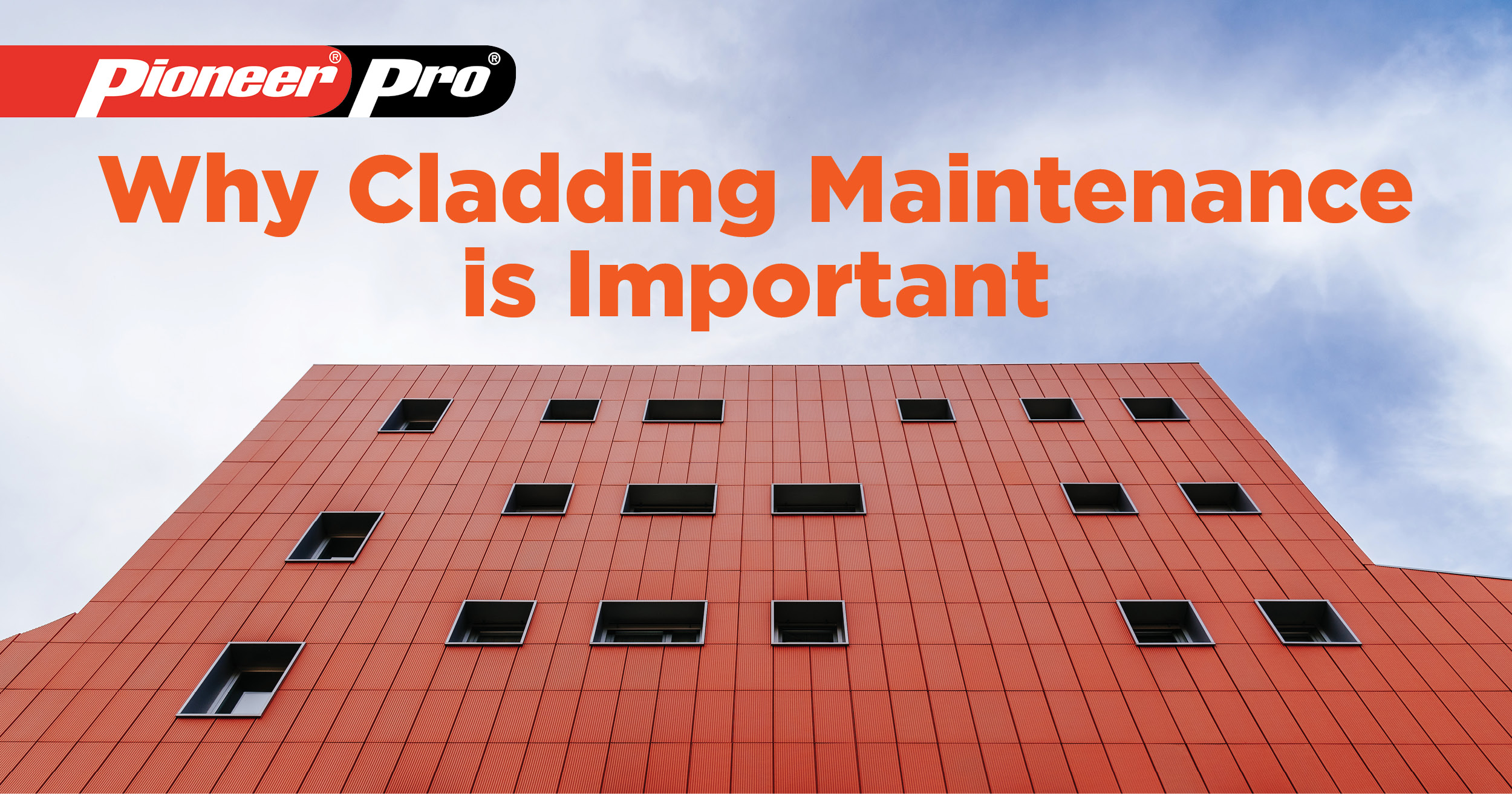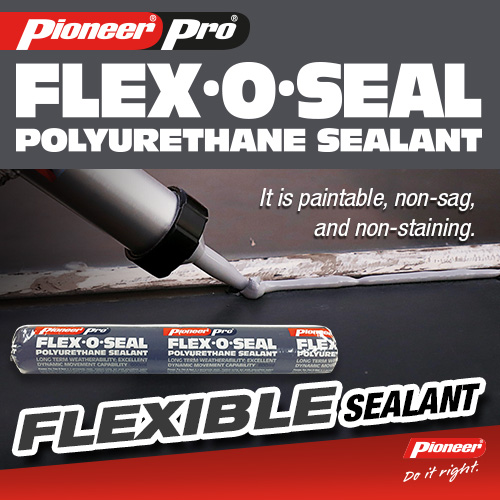
Any project, big or small, is prone to wear-and-tear over time. Take for example a house or a building you’ve finished years ago – if you will inspect it now, chances are, you will see things that need repair, especially the parts that protect it from the elements like the cladding systems.
Functioning as a protective layer of a property, a cladding system is not only the “first line of defense” against external elements, it also adds to the overall appearance of a house or a building. As bchousing.org explains, “as with all other exposed portions of the building enclosure (windows, roofs, and balconies), regular review and maintenance of the cladding is important to ensure intended performance and appearance.”
Simply put, proper cladding maintenance is integral to keeping a project in tip-top shape.
What are the most common damages on external wall cladding systems?
Different cladding materials can show different signs of damage. Some of the things you need to watch out for include dents, cracks, erosion, vegetation growth, loose panels, chipped coating, and stain marks, to name a few.
How do you maintain cladding?
To keep the integrity of your project and maintain its appearance, here are some of the must-dos you need to take note of:
- Clean the cladding with non-pressurized water as pressurized washing can damage sealant joints and finishes. This step also involves removing shrubs and vegetation that may have infringed on the cladding system. By thoroughly cleaning the cladding, you’ll be able to see if there are cracks and other forms of damage that need to be addressed.
- If you used metal panels in your projects, you might see signs of rust and corrosion. To remedy this, cracks caused by rust can be fixed with a sealer and an anti-corrosion primer.
- Metal flashings and fasteners are also commonly used in many projects. Depending on the state of the flashings upon maintenance check, it can either be repainted or replaced with a highly corrosion-resistant flashing.
- Check wood siding for warping and discoloration. Don’t forget to retouch the staining of the wood.
- Check the joints between the cladding and areas such as windows, doors, vents, and lighting fixtures. org explains that since these are the points that water can penetrate, it’s crucial that sealants are used.
“Joint profiles, preparation of substrate, and selection of an appropriate sealant product are important variables in determining the effectiveness and durability of sealant joints,” say the expert.
Like in any project you take on, choosing the right products is important in making sure you deliver the outputs expected by your clients. When it comes sealants, picking Pioneer Flex-O-Seal is one of the best decisions you can make if you want to achieve a durable yet aesthetically pleasing cladding system.
Suitable for construction joints, expansion joints, and precast panels, it guarantees excellent dynamic movement capability and long-term weatherability. A class A polyutherane sealant that’s paintable, non-sagging, and non-staining, Pioneer Flex-O-Seal adheres to most construction materials such as bricks, concrete, granite, and marble. Surfaces must be clean, dry, and free from dust, grease, and other residue sealant application.
The cladding system is just one of the many things you need to check when maintaining a project. It’s important that you allot time and budget for maintenance now as doing so will save you and your clients from costly repairs in the future.
To learn more about Pioneer Flex-O-Seal and how it can help you deliver quality output, log on to www.pioneer-adhesives.com. For inquiries, you can follow and chat with us on Facebook: facebook.com/PioneerAdhesivesPH or email info@pioneerph.com. Shop online when you visit https://shopee.ph/pioneer_adhesives or add to cart at https://lazada.com.ph/shop/pioneer-adhesives/

